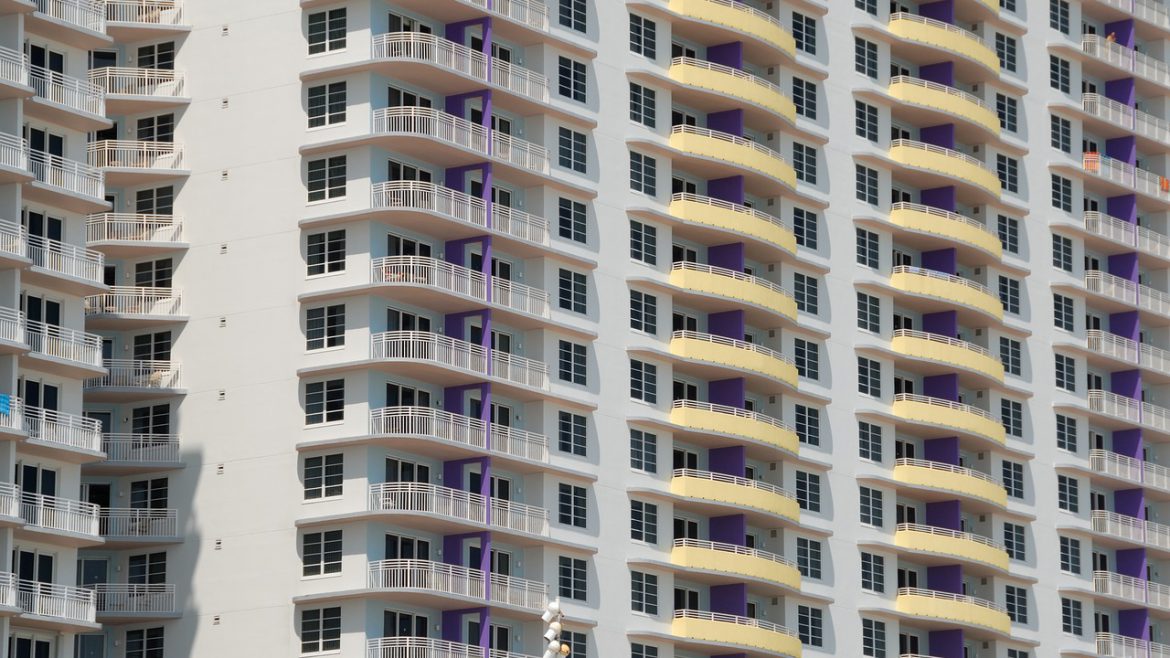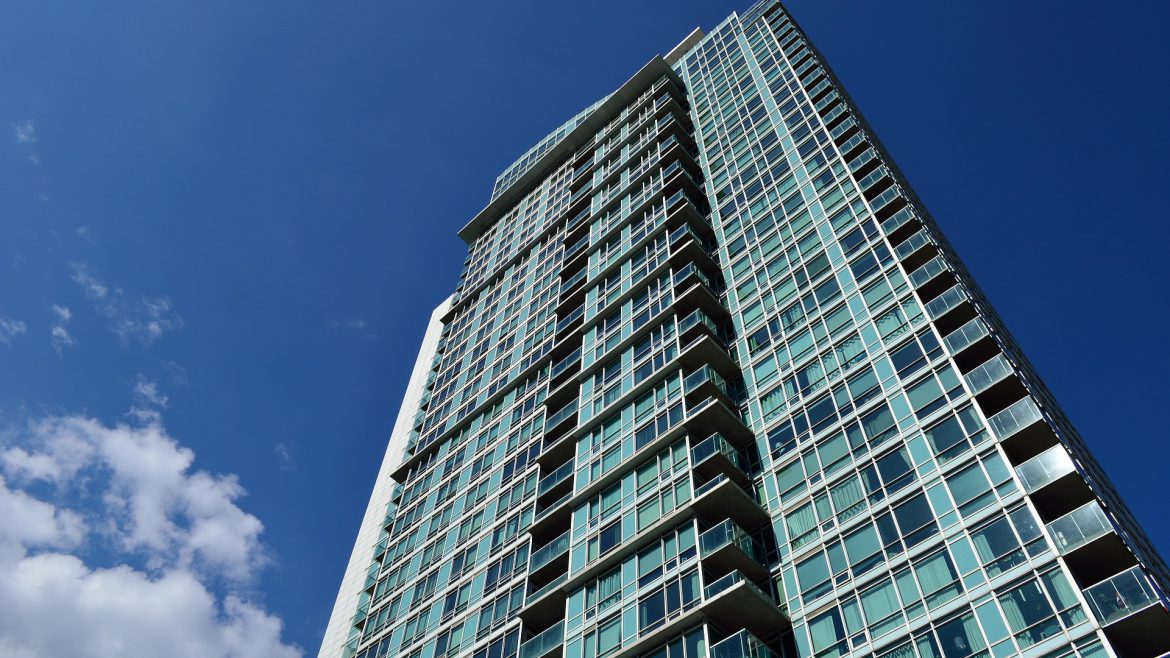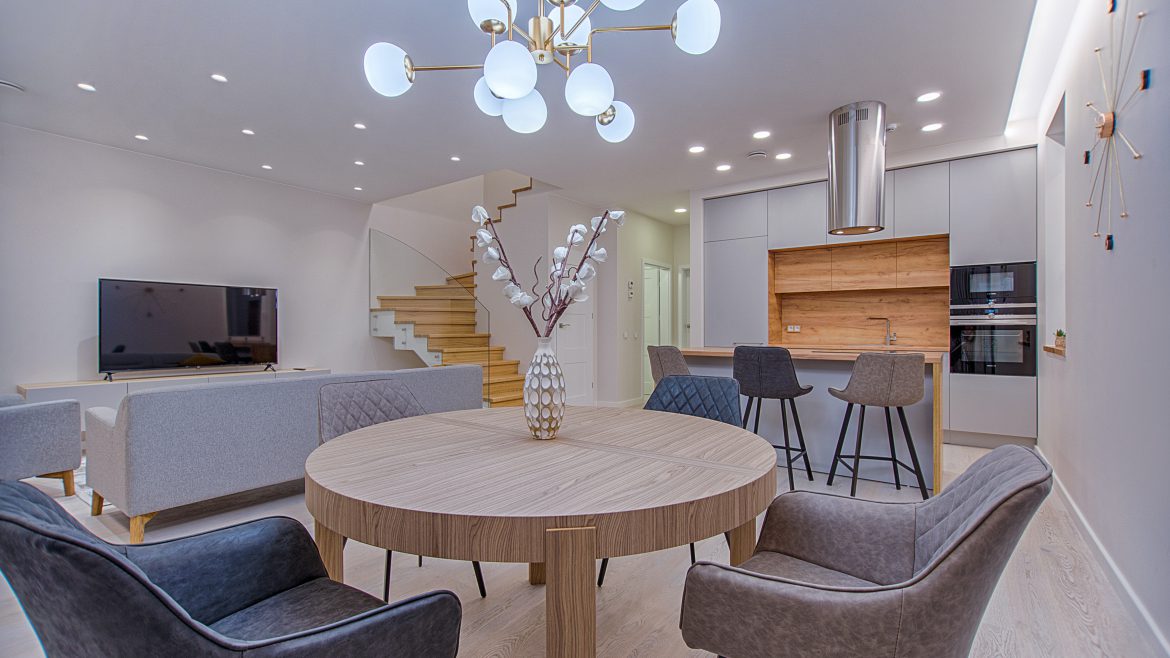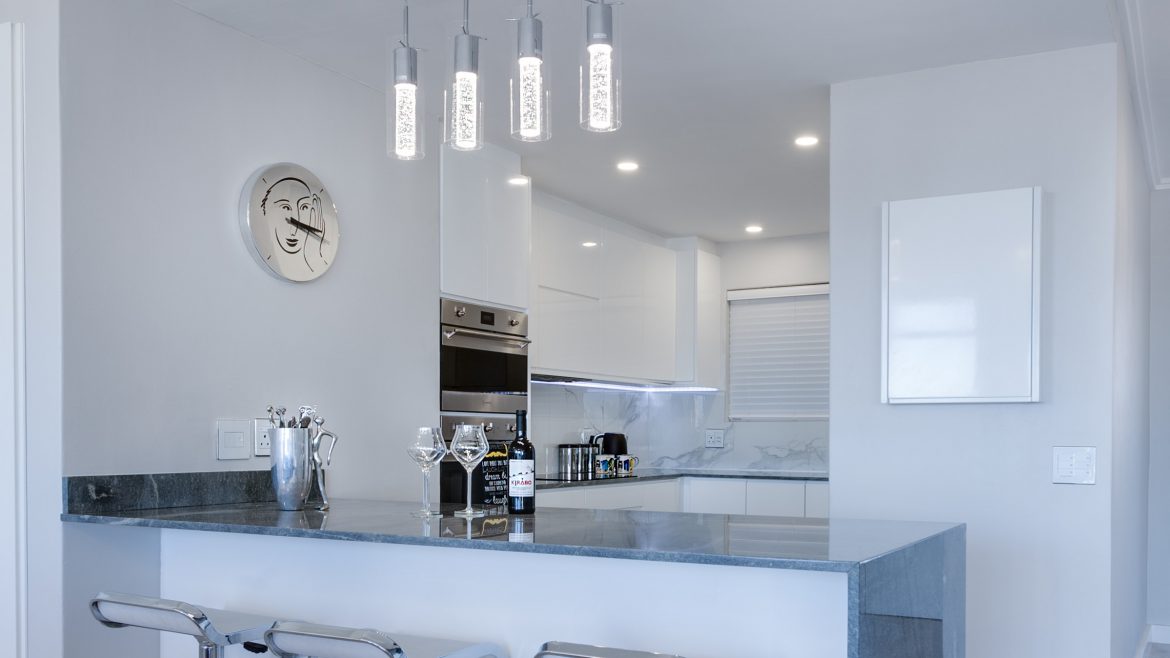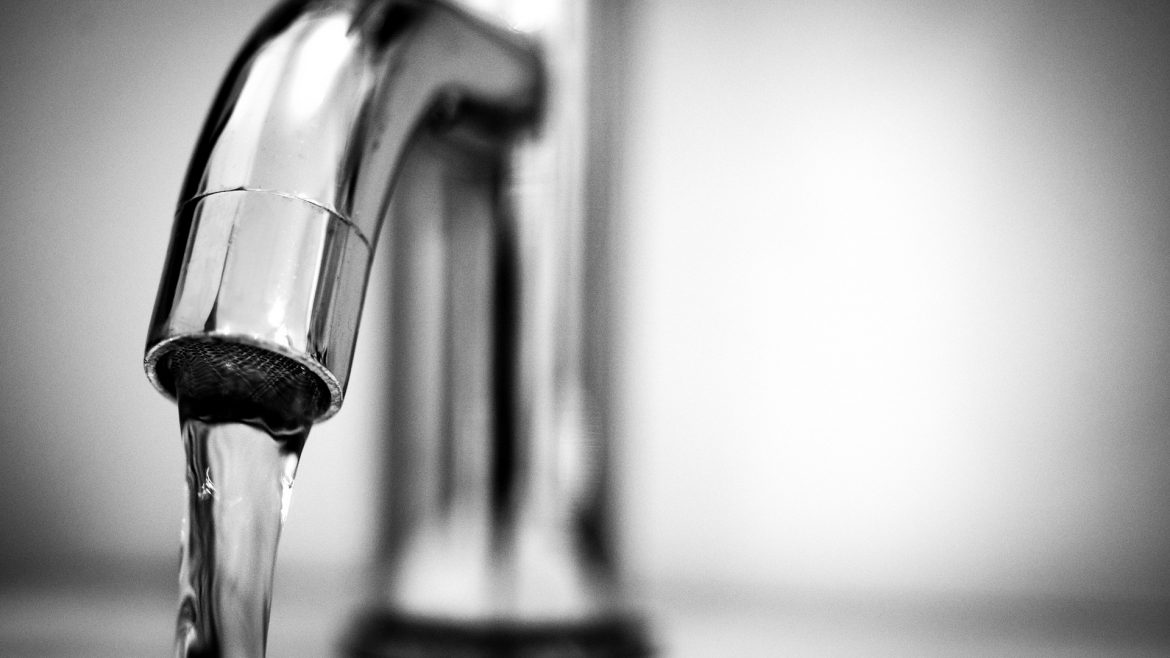2021 launches on a high note
https://imaginahome.com/wp-content/uploads/2021/01/sale-3701777_1920-1024x542.jpg 1024 542 Nisha Muire Nisha Muire https://secure.gravatar.com/avatar/09971b406125a2f92a37bf65b08fd3c3?s=96&d=mm&r=gWelcome back!
2021 in the Toronto real estate market is certainly taking its lead from the last quarter of 2020. Despite the pandemic buyers were eager and their enthusiasm drove the real estate market to post record gains in some sectors. Although the city condo market remained flat, the housing market heated up.
The latter half of the year posted especially strong numbers. Toronto housing prices increased by 13.8% in November, year-over-year. And, the usually very quiet holiday month of December saw housing sales increase by an extraordinary 64.5%. According to an article in the Toronto Sun, experts are expecting the strong seller’s market to continue.
The surge in activity in the Toronto property market is really a tale of two realities – houses vs condos. While the housing marketing is red-hot, the condo market is facing some tough head-winds. The reality of the pandemic and the difficulty people have found of living in a city in small condos with little room to move around vs owning a house in either the suburbs or the country has been the catalyst for this uneven market.
With the pandemic still not under control, people will likely continue looking to make significant lifestyle changes. Should this trend continue then the Toronto real estate market is heading towards another banner year – especially given the continuing shortage of inventory for single family homes – a factor that will certainly push prices up further.
Regardless of market conditions, you should only jump into the current market if you are very well prepared financially


